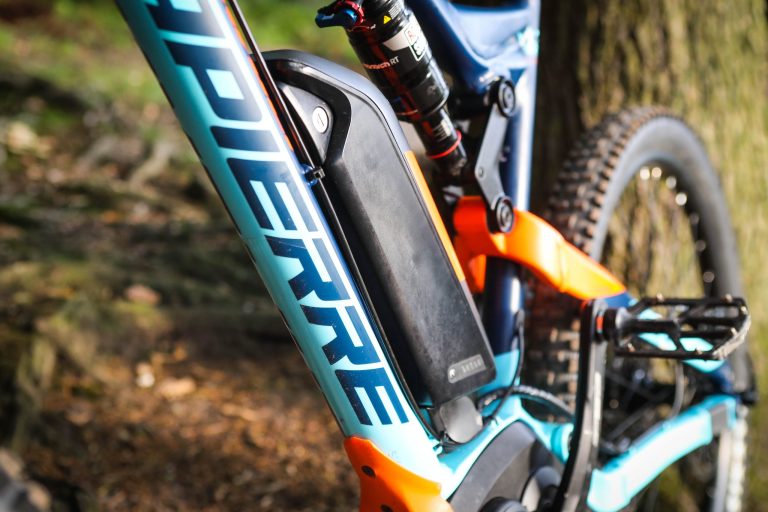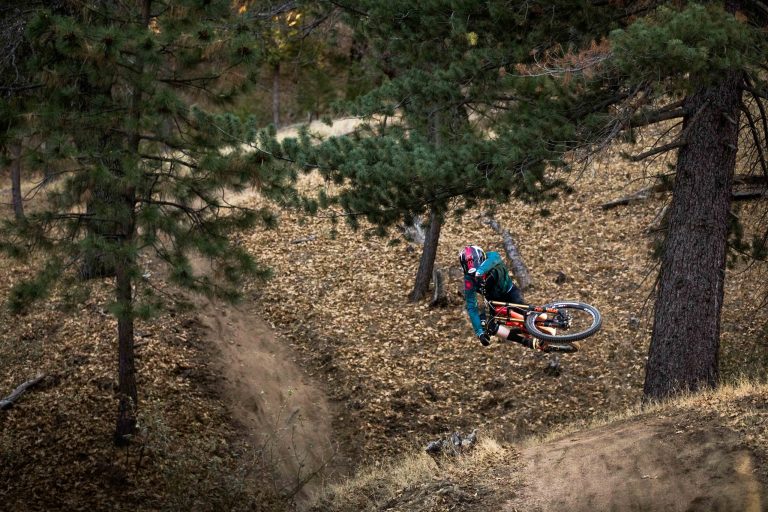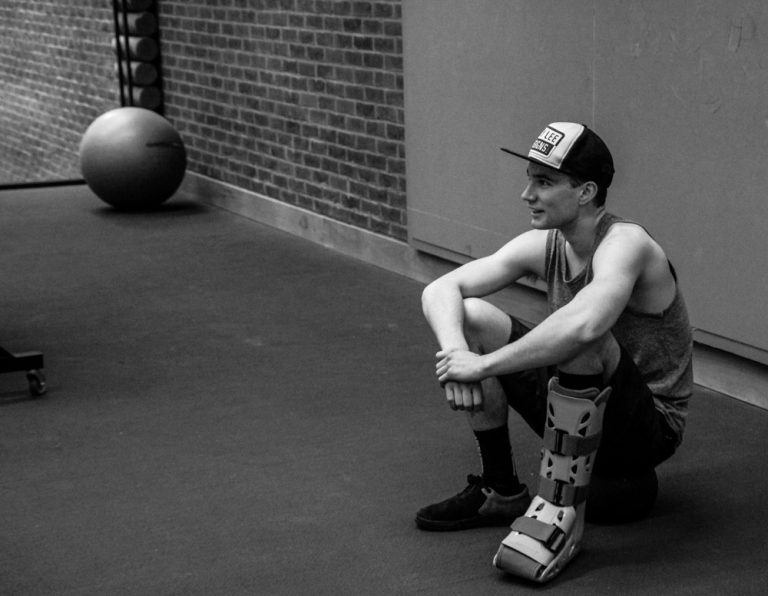
Curtis Bikes have been the steppingstone for many talented riders, throughout the eighties, and in its BMX heyday they have supported a considerable amount of successful riders, the Miller brothers, Steve Geall, Richard Thorner and current Bike Co. owner Anthony Revell.
Curtis Bikes fell into the lull that affected the BMX world. Then in 2000 Gary talked Brian into producing a mountain bike frame, it was also at this time when Brian wanted to take a back seat in the company and let Gary’s vision take over. Gary continued to push the 20”, motocross frames and 24” Cruiser frames, with Brian taking on the job of brazing the tubes together, while Gary began to develop the all–new Supercross frame. Both Gary and Brian had mastered the shape and feel of both the cruiser and 20” frames and brought that same feel over into the 26” frame of the Supercross for the popular Dual Slalom series.
The bike felt like a tight and nimble race frame that BMX racers were used to. It was quite revolutionary at the time, it was a lot more compact than most other mountain bikes, and ever since its launch, it has hardly changed at all, the geometry remains pretty much the same with just a few tweaks on the tubing and brazes. I guess it was actually futuristic. How many frames have changed that little in the last seven years?
On the 13th of June 2000, Chris Smith picked up his brand new Supercross frame, the first one ever built. The Supercross has played a major part in the geometry of many bikes, first of all in 2001, with Chris now being the test pilot and helping with the research and development. Gary decided to produce the SX24, a chopped down version of the 26” frame. The geometry is very similar to the Supercross, yet it feels a little tighter to ride. This frame has influenced most of the trail bikes we ride today, again the geometry has hardly changed over the last six years.
Many companies have come up with other designs and failed and now are all returning to the SX24 to use its geometry to build their own version of the ultimate trail bike, with a few little tweaks to make them different. And from here Gary has always watched the latest trends, and how our riding is developing to incorporate little tweaks and changes in order to accommodate our latest fashions.
The basis of the Supercross and its little brother, the SX24 now are available in many guises. Both are available as Race Lite models for 4X. The SX24 has had various street incarnations as the latest demands begin to show, with adding extra strength where needed. In 2003 Jim Davage received his Signature model frame the Trail Boss, a SX24 stripped down to bare essentials, while also working on Curtis’s very own DH bike, the ThumperX.
The ThumperX was in R&D for pretty much 18 months before either Gary or Jim were happy to let one through the door for a paying punter. Gary has worked with trials riders to develop a series of trials bikes including in ’05 producing a 24” street trials frame. Gary has also hit the XC market with a series of frames and recently beefed these up to accommodate the freeride fraternity. All of these frames have come from the basic design of the SuperX, each one, has in turn been an evolutionary step to making something great for the next big thing in riding.
Basically, Gary watches the riding trends and constantly stays one step ahead, so as you realise that you ‘need’ something different to make you ride better in whatever your discipline, Gary will probably be there with a freshly hand crafted frame that fits your individual needs, and if he hasn’t pre–empted this trend, with the right input from you, the customer, he’ll build you exactly what you need.
I hope Curtis Bikes will always be here, providing a handful of passionate riders with what they desire most…a beautifully hand built bike, customised and bespoke to your riding needs. Gary’s latest attempt to keep up with the ever–competitive market has been to go against the grain and have a limited number of frames be built to a high specification in Taiwan.
These frames will be sold from retailers at a cut price to compete against that side of the market. Gary has thought long and hard about doing this, and dragged his heels all the way, he is now convinced that these can be built to a high standard, just not bespoke. But for a specialist company such as Curtis, sometimes you need to swallow the bitter pill in order to survive.





